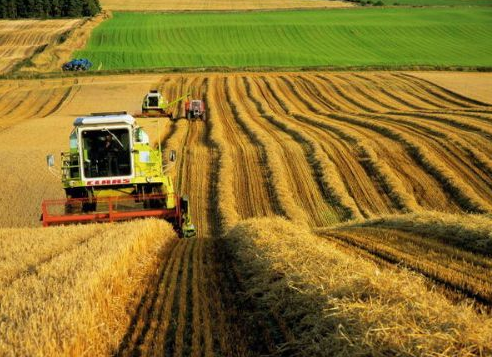

Turkey is a country which use its’ 28 percentage of surface in agricultural fields. Its’ agricultural production is 62 billion $ and agricultural products export is 18 billion $. For the year 2023, its’ agricultural production target is 150 billion $ and agricultural products export is 30 billion $. Besides the traditional agricultural sector, interests of domestic investors and foreign capital gradually increased in the last five years. This interest is continuing to increase both from Turkey and other countries with new and capacity increase investments via associations and procurements. Nevertheless, the share of private sector investments are not enough for agricultural development.
Growth in the sector, points to the efforts for avoidance of production and price fluctuations, increases in technologic and scientific applications, preferences of more familiar and packaged products and increased export potential in the upcoming 10 years.
Yaşar Group, realised this existing potential both with its’ existing food and drink corporations and agricultural livestock breeding corporation Çamlı Yem Besicilik A.Ş years ago and it secured its’ position with modernisation investments, capacity increases, quality production and sustainable service mentality in the sector.
The Main Trends For The Agro- Industry Sector In Turkey Within The Next 5 Years
Food Security and Sustainability: As part of international standards; inclusion of the whole processes of production, manifacturing, protection, storage and marketing for any of the food products is relevant.
Commercialisation of Agriculture In Turkey: Obligation for establishing mutual relations with production firms, cultivators, food corporations, wholesalers and consumers by forming vertical value chain.
Providing Productivity Growth: As the agricultural lands remain stable, food demand continuously increases depending upon the population growth. At this point, productivity growth is required.
Agricultural Infrastructure: Agricultural and rural programme should be well- organized. This situation is not only important for struggling with unemployment; it is also important for solving migration, economic inequality, uneducated labour force and such social problems.
Modernization In All Stages: Labour- intensive manifacturing is going to develop over time and be technology- intensive manifacturing decennially.
Cooperations and Partnerships: In the agricultural and food sectors, investors, consultants, suppliers, vendors, wholesalers and merchandisers can come between partnerships and this circumstance can cause complicated structural conversion and cooperation type. On the purpose of providing vertical integration, various studies which are intended to business combinations and joint tenancy of the intercorporate sources are going to be made.
Analysis Of The Agricultural Industry In Turkey
Strengths:
Weaknesses:
Opportunuties:
Threats:


Register to our newsletter in order to be aware of our announcements and news.
